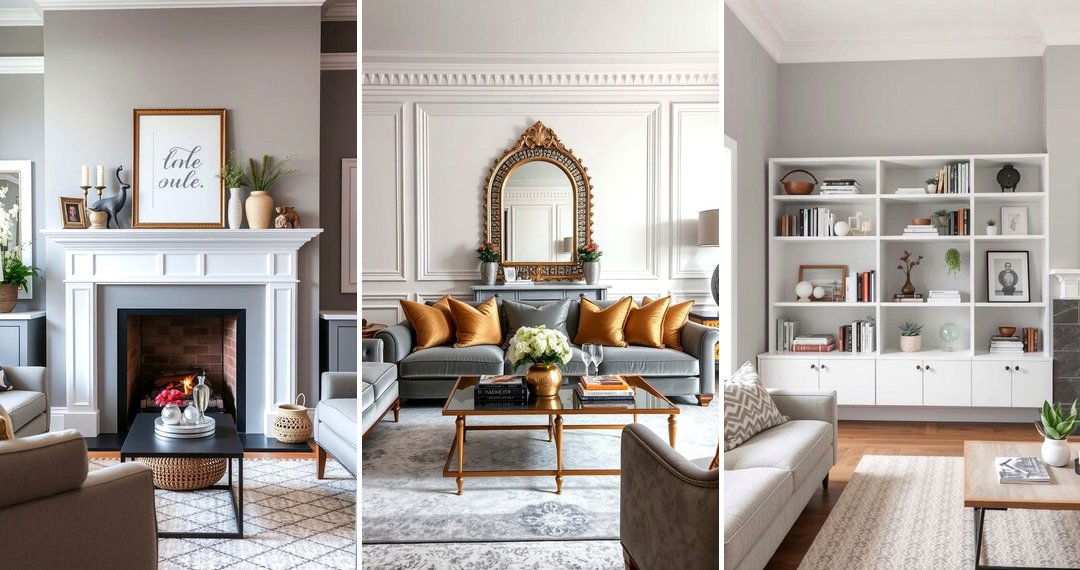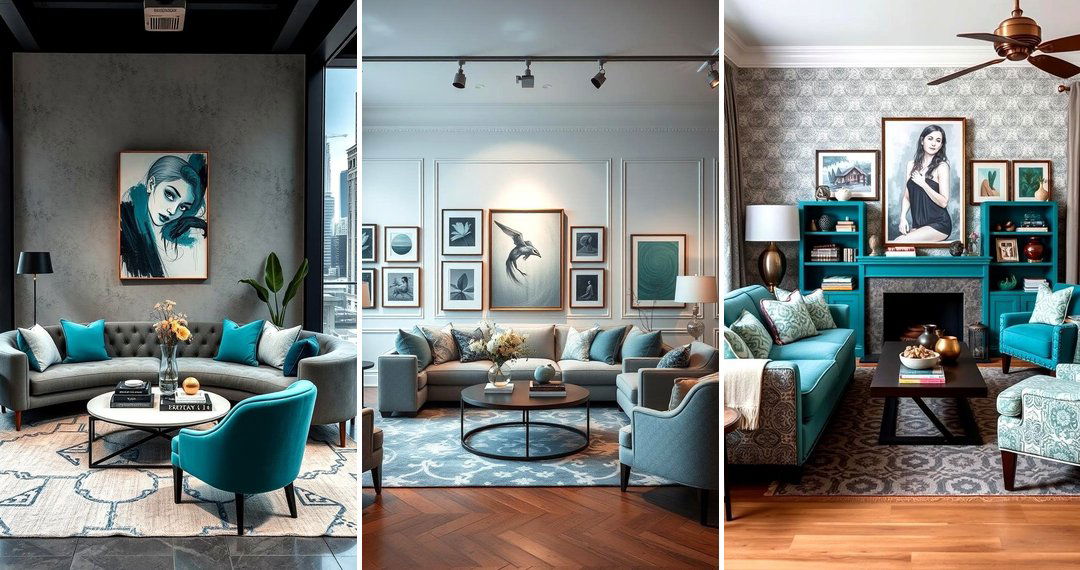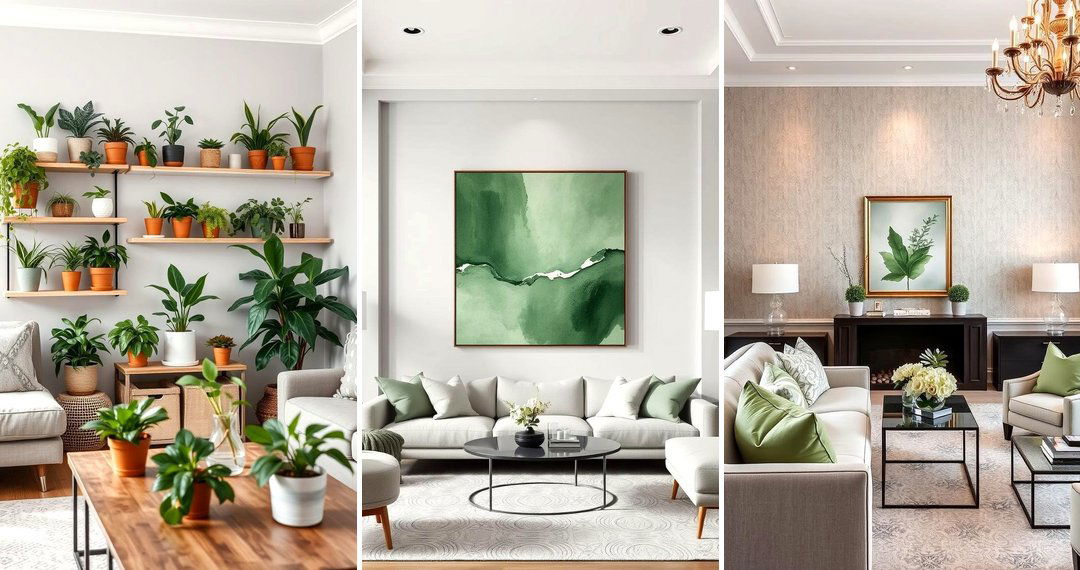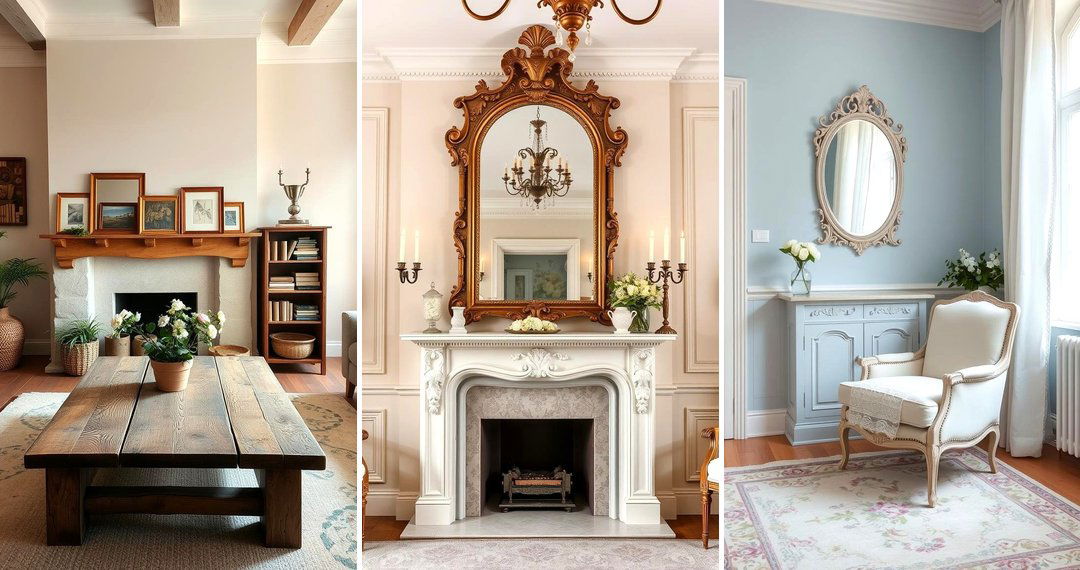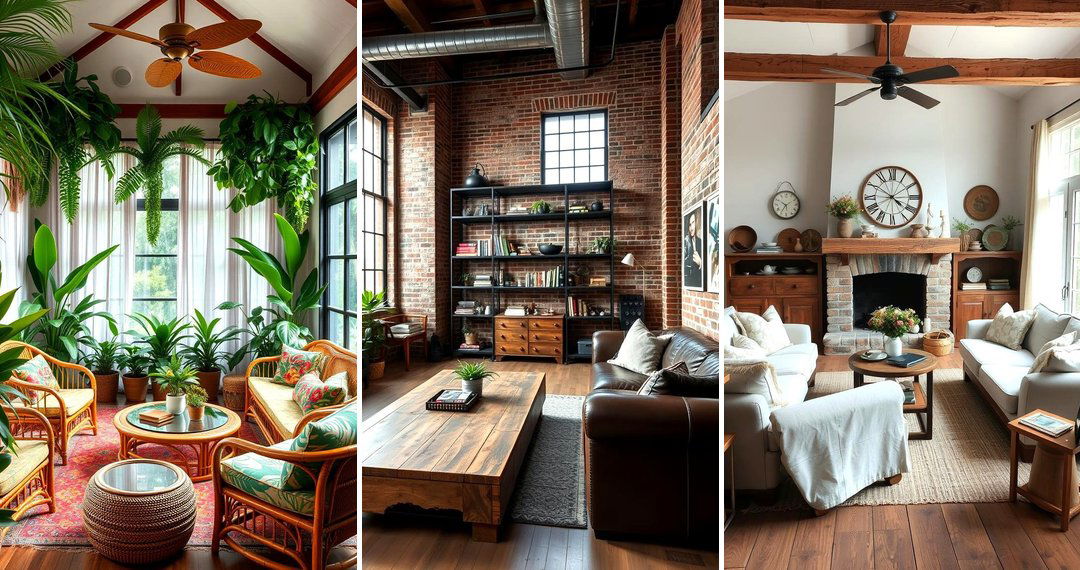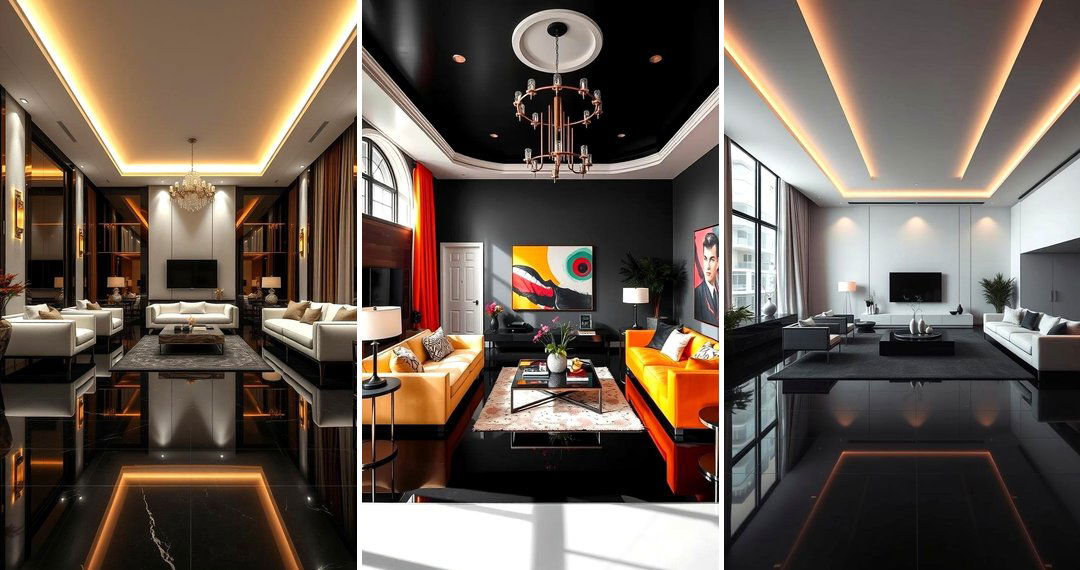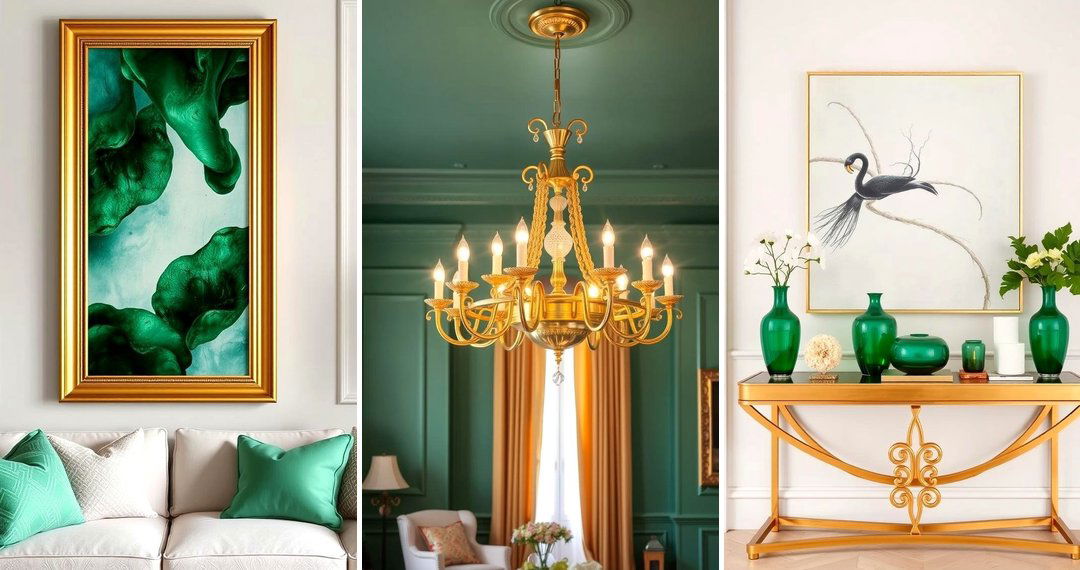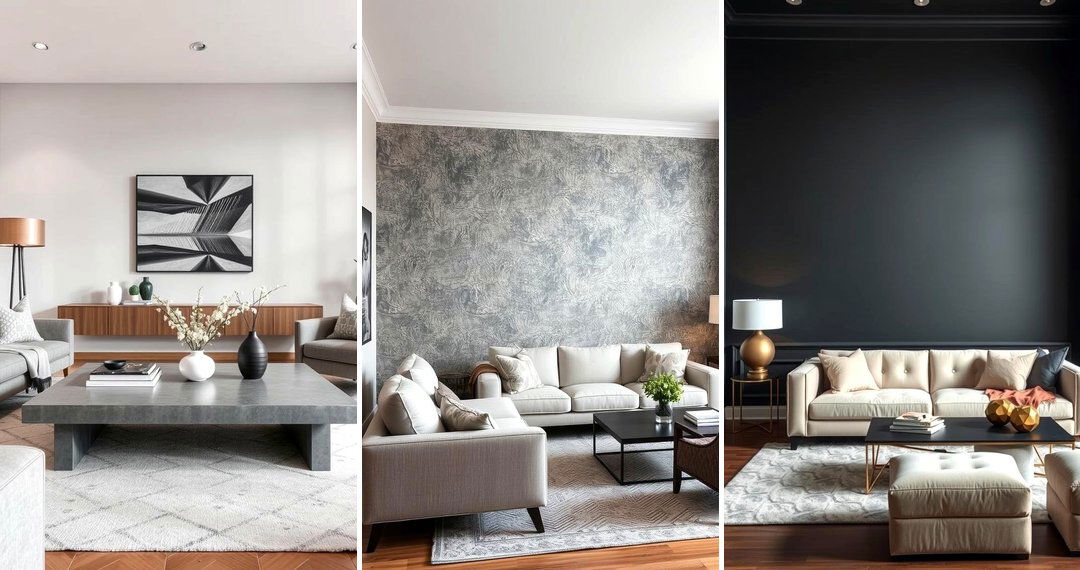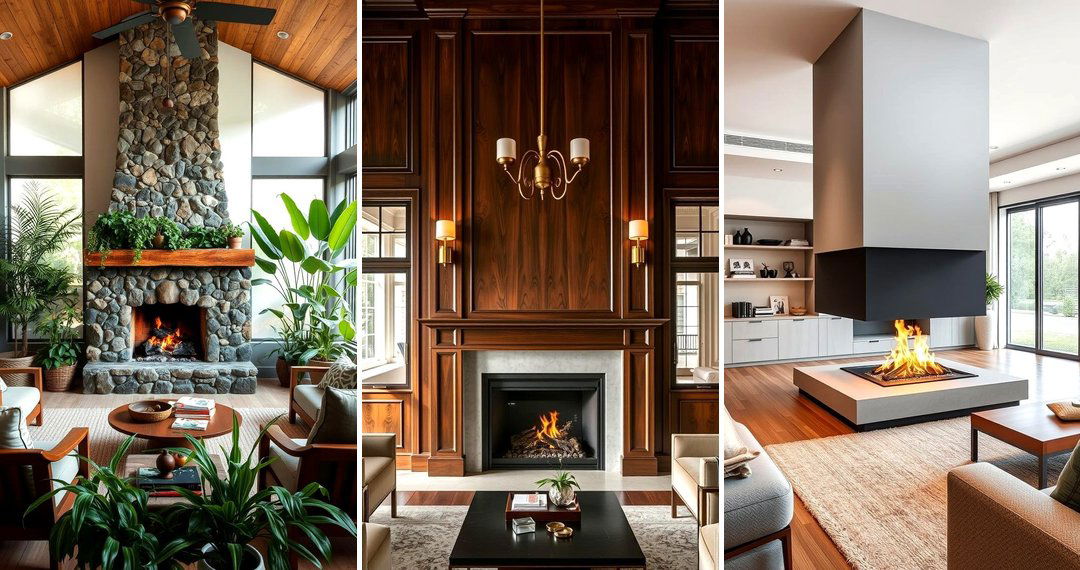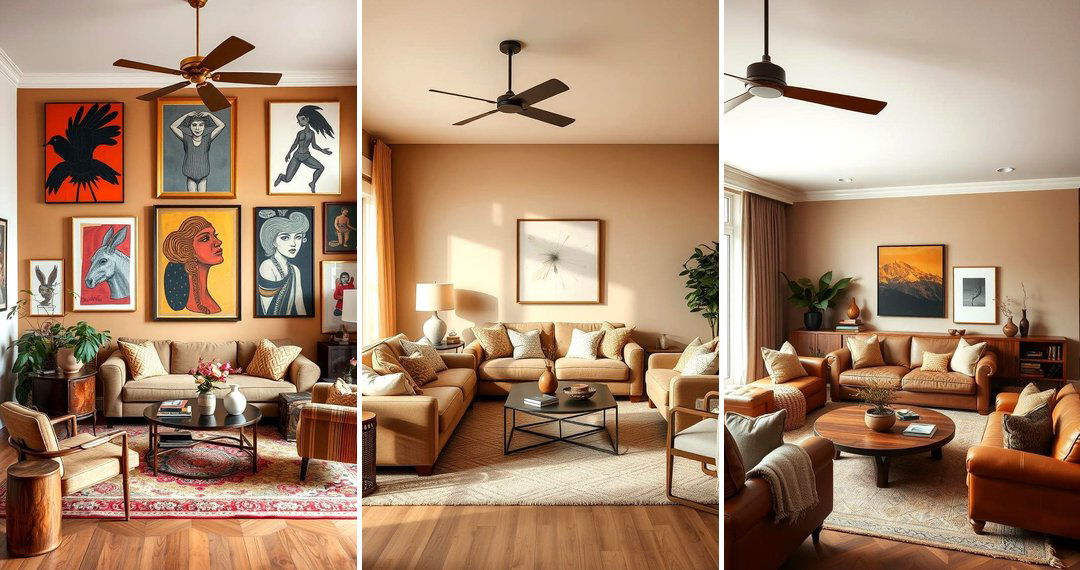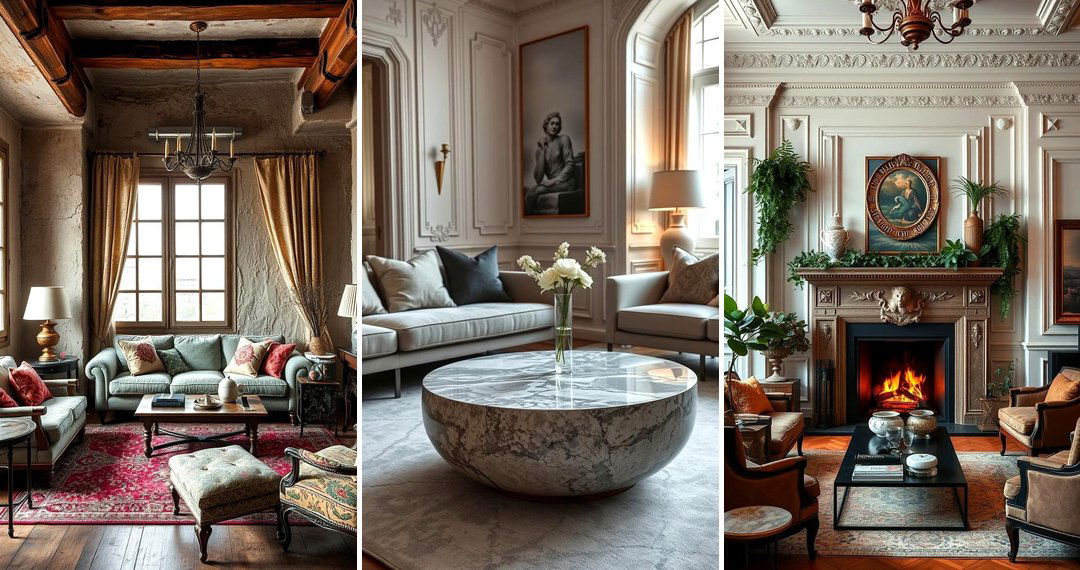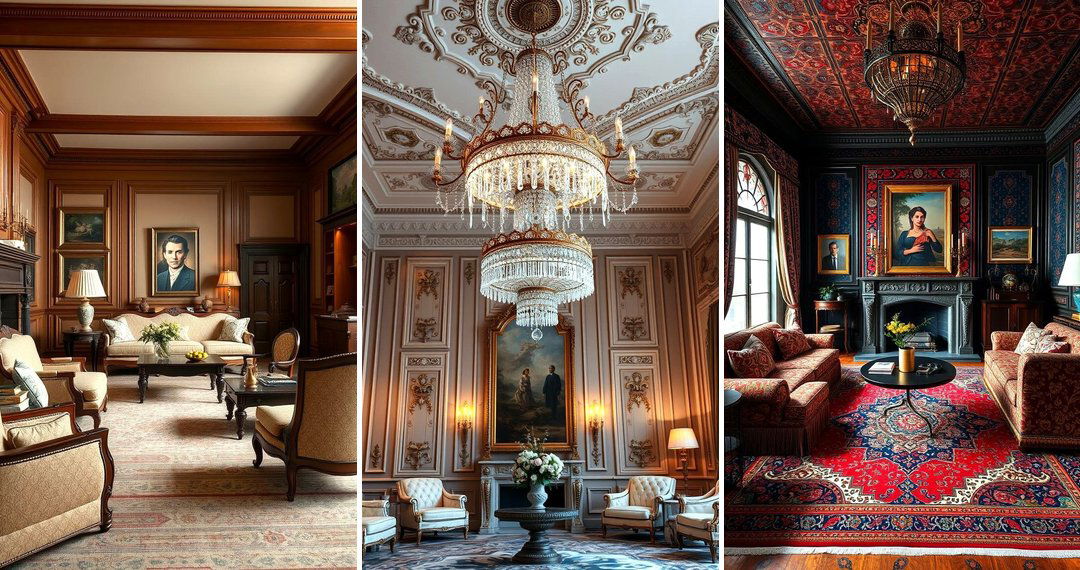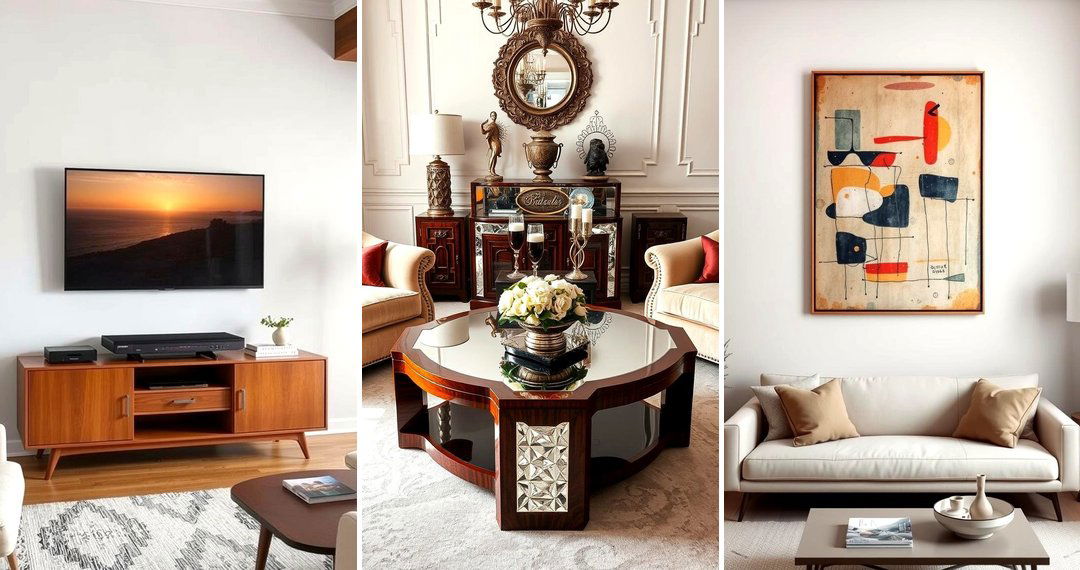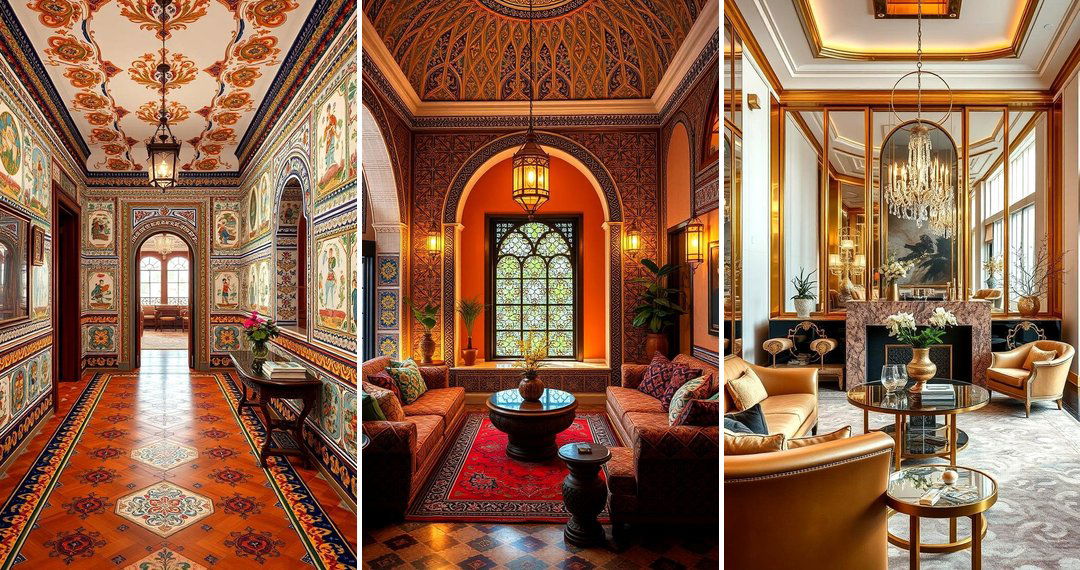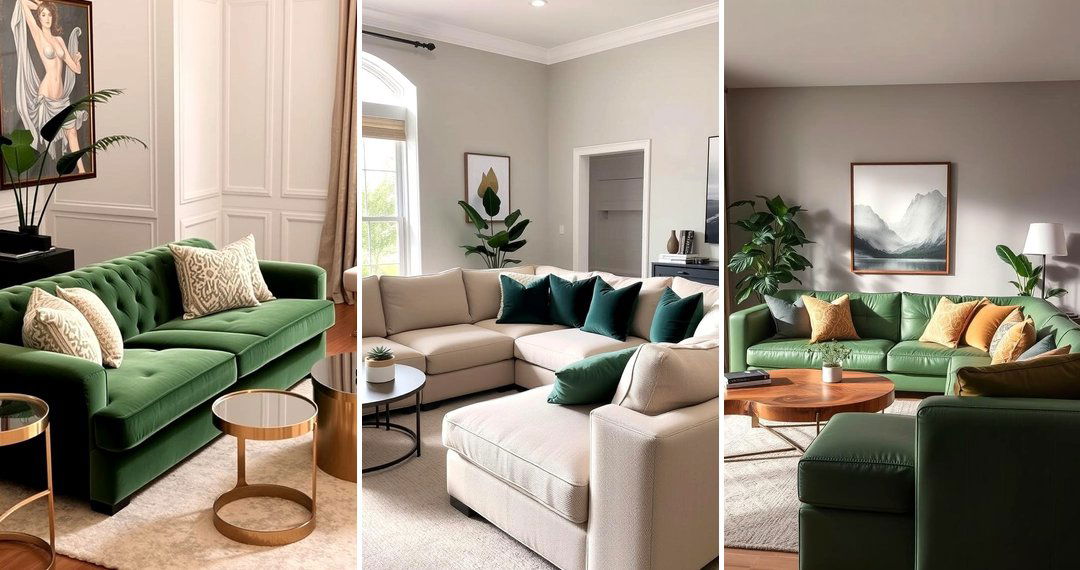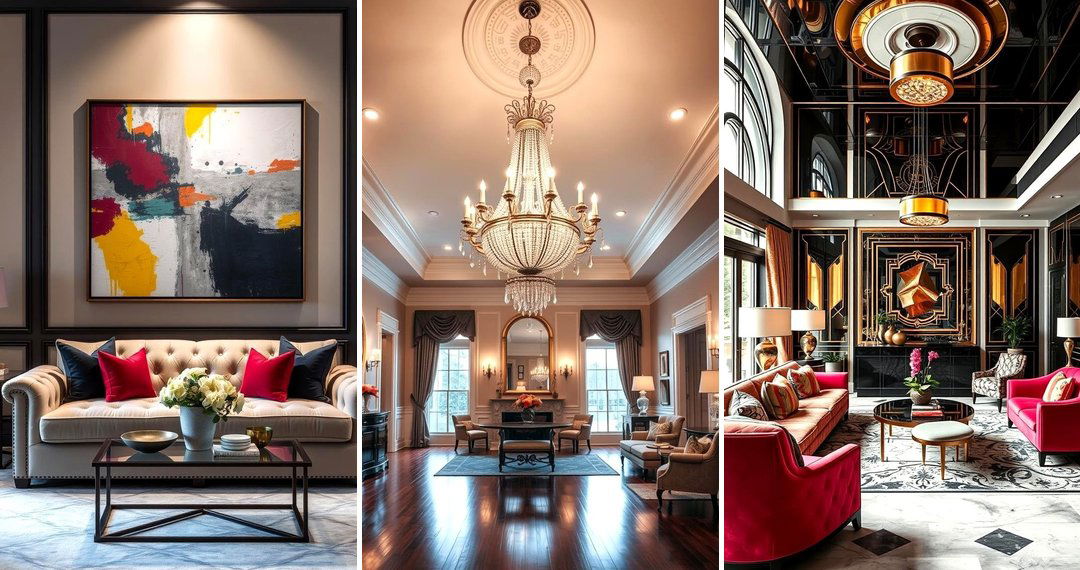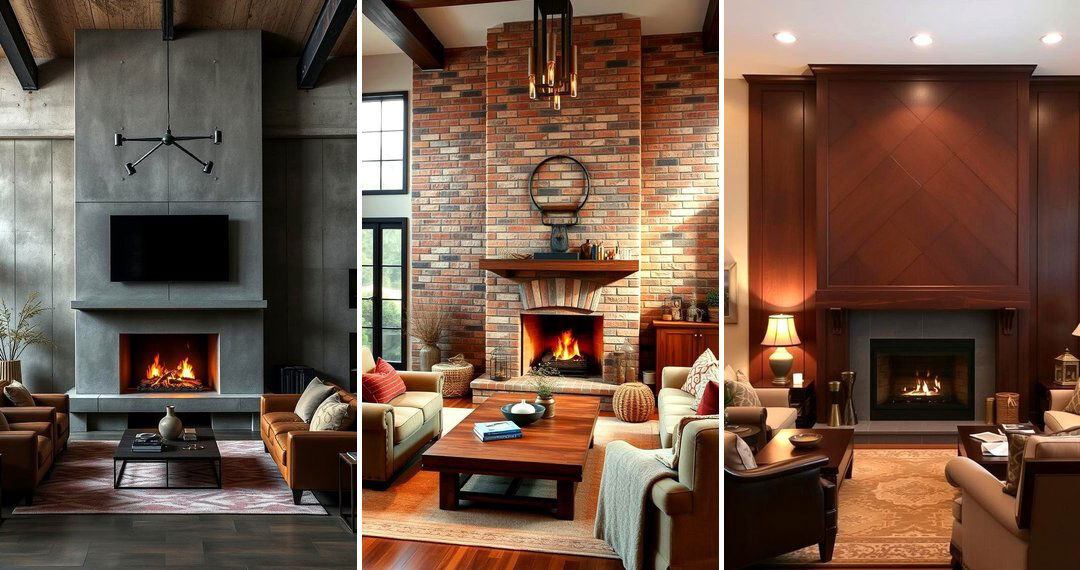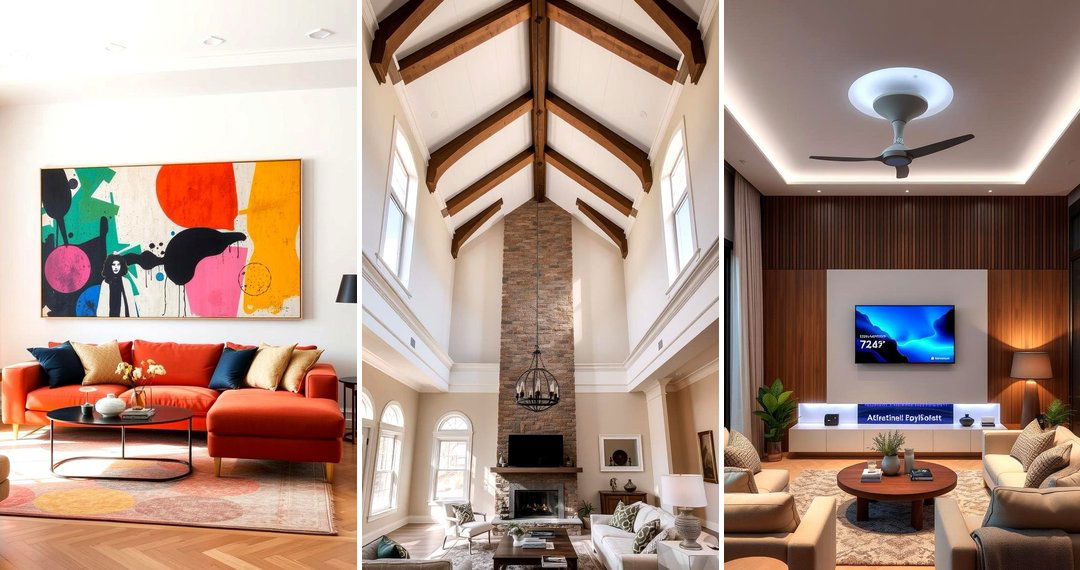The 1920s were a time of major change, and the design of living rooms during this era reflected that cultural shift. With the rise of modernism, art deco, and a focus on functionality, the living rooms of the 1927s have remained iconic, offering timeless inspiration for contemporary interiors. The fusion of luxurious elements with practicality created a balanced aesthetic that appealed to a growing middle class. In this exploration of 27 1927s living room design ideas, you'll uncover design concepts that combine elegance, comfort, and the distinct charm of this fascinating period in history. Let's delve into these inspiring ideas, each showcasing unique ways to bring 1927s style into your home, perfectly suited for today’s living spaces.

1. Art Deco Glamour

Step into the vibrant world of Art Deco, where geometric patterns, glossy surfaces, and rich materials like lacquered wood and chrome dominate the design. Art Deco living rooms are known for their opulence, offering a sense of grandeur with bold accents like mirrored furniture, velvet upholstery, and ornate lighting fixtures. This style brings sophistication and luxury to your living room, making it feel like a statement piece of modern art. The benefits are clear: it exudes a timeless charm while embracing functional design elements.
2. Streamlined Modernism

Modernism in the 1920s revolutionized living rooms with sleek, clean lines and minimalistic decor. Gone were the ornate, overly decorative pieces of earlier periods. Instead, the focus shifted to form following function. Incorporating modernist furniture means emphasizing simplicity—think of low-profile sofas, angular chairs, and streamlined coffee tables. This design offers a sense of spaciousness, making even smaller living rooms feel more expansive and light. The simplicity of modernism ensures that your space remains timeless and uncluttered.
3. Warm Walnut Woods
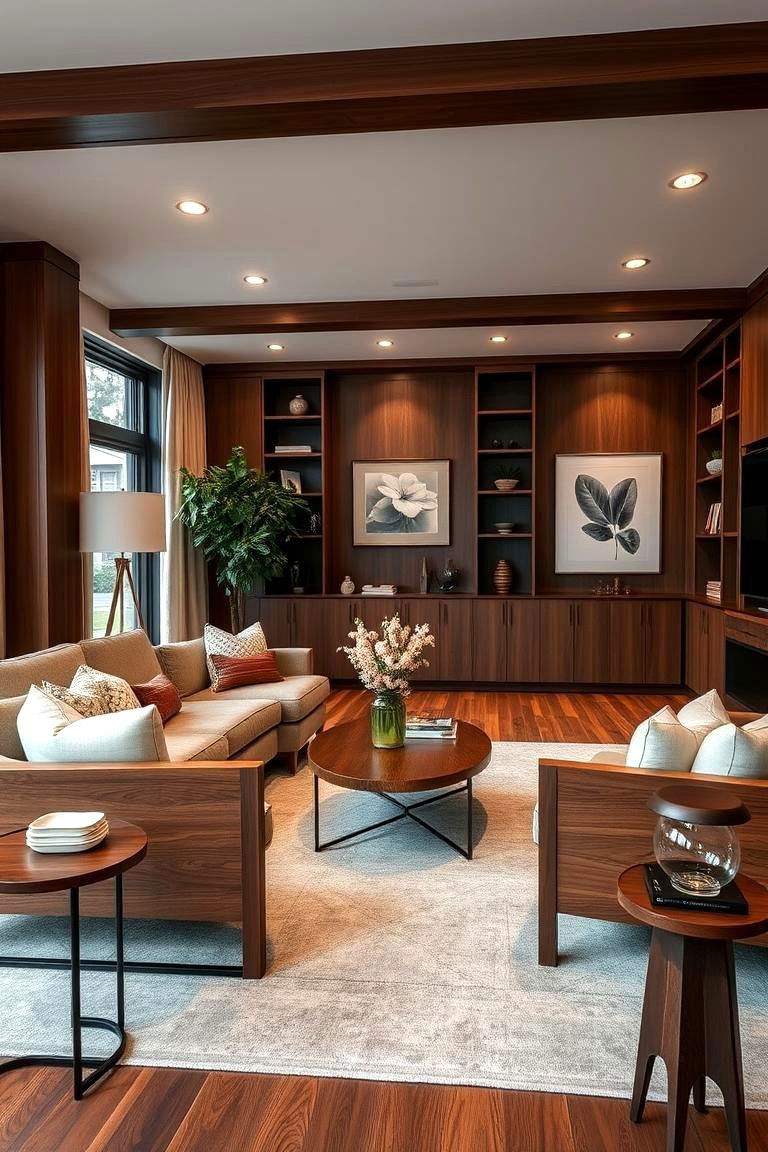
Wooden accents were a staple of 1927s living room design, with walnut being a particularly popular choice due to its rich, dark color and elegant texture. Walnut wood furniture pieces—such as coffee tables, sideboards, and bookshelves—bring a sense of warmth and timelessness to the room. This material pairs beautifully with plush fabrics and subtle gold or silver accents, creating a comfortable yet refined space. Walnut’s durability also ensures that these pieces will last for generations.
4. Luxurious Velvet Upholstery
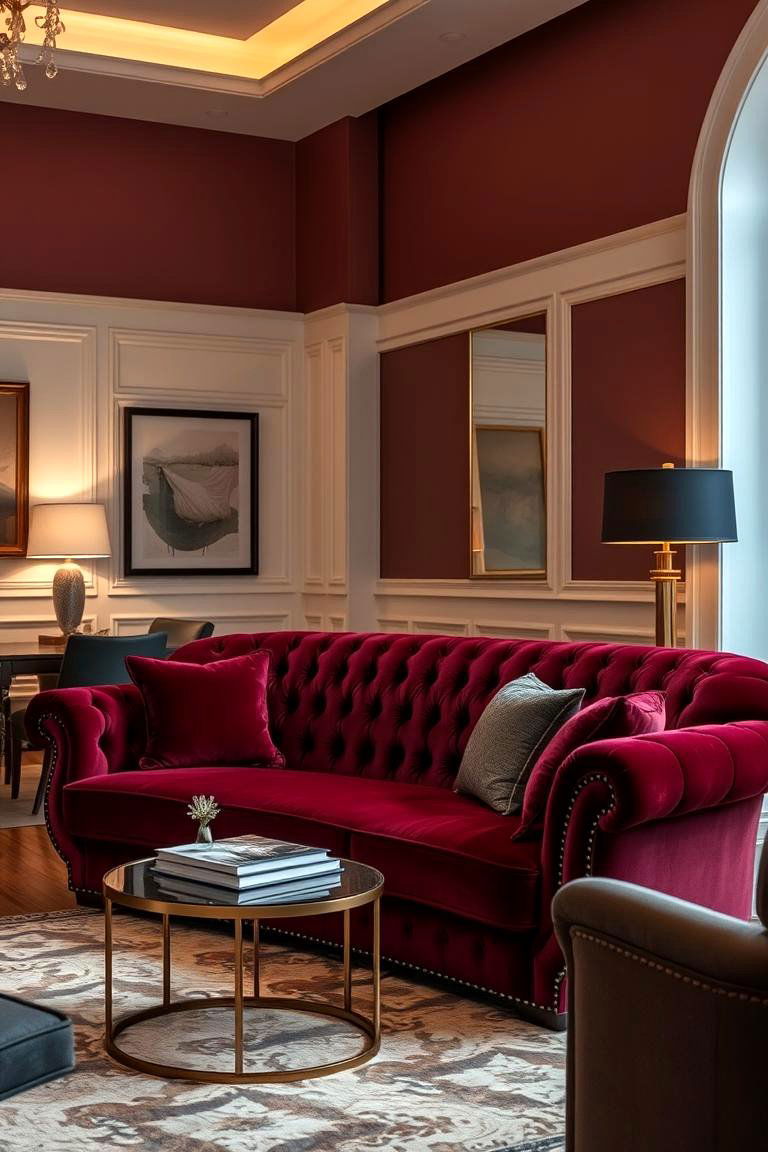
Imagine sinking into a soft, velvet sofa, the plush fabric enveloping you in comfort. Velvet was a luxurious material that defined living room seating during the 1920s. Whether it’s a deep emerald green or rich burgundy, velvet upholstery adds an element of extravagance to your space. The benefit of velvet furniture is its versatility—it pairs beautifully with a wide range of other materials, from lacquered wood to metallic accents, allowing you to create a cohesive and stylish look that remains comfortable and inviting.
5. Sleek Metallic Accents
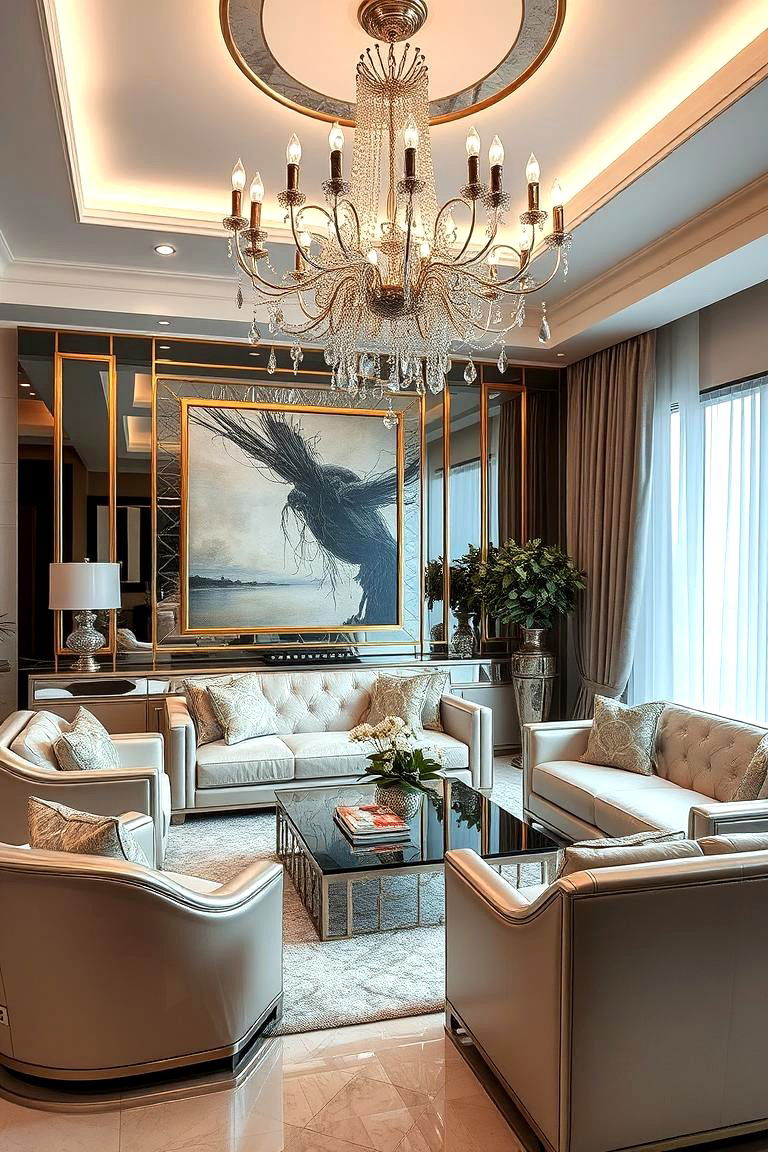
The 1927s were a time when metallic accents came into vogue, offering a bold contrast to the more natural materials like wood and leather. Silver, gold, and chrome accents became popular for everything from picture frames to light fixtures. These shiny details reflect light, giving the room a more open and airy feel. By incorporating metallic elements into your living room, you can instantly elevate the space’s elegance without overwhelming the design. The benefits are undeniable—metallic finishes add a modern edge that enhances other design features.
6. Luxurious Rugs with Geometric Patterns
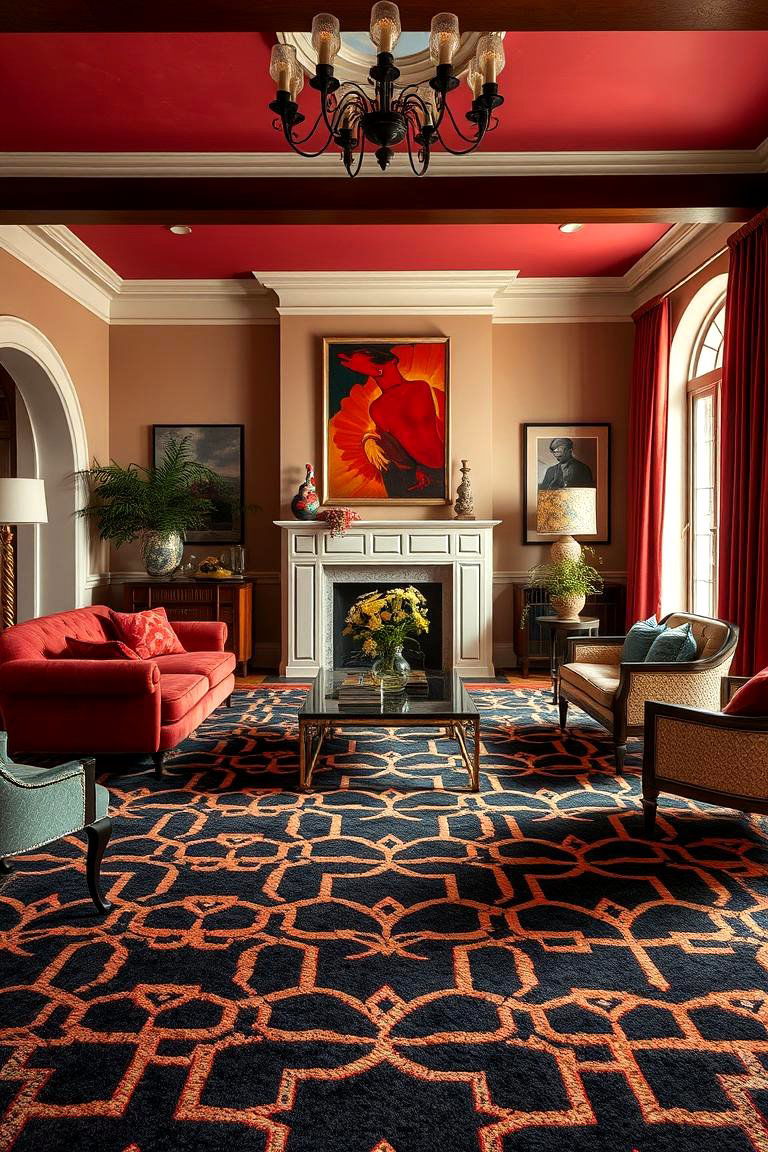
Rugs featuring geometric patterns were a hallmark of 1927s living room design, often crafted from luxurious materials like silk and wool. These rugs, with their sharp lines and bold shapes, became focal points in the room, grounding the furniture and adding layers of texture. The geometric designs reflect the era’s fascination with symmetry and order. Not only do these rugs provide comfort underfoot, but they also help to create a sense of balance and cohesion in the space.
7. High Ceilings with Crown Molding

The design of 1927s living rooms often featured soaring ceilings, enhanced by intricate crown molding that added an element of grandeur. High ceilings make a space feel more open and airy, which is perfect for creating a sense of luxury. The addition of crown molding, whether simple or ornate, frames the room beautifully, drawing the eye upward and emphasizing the height of the space. This design choice enhances the room’s sense of sophistication and opens up opportunities for dramatic light fixtures or artwork.
8. Bold, Abstract Art
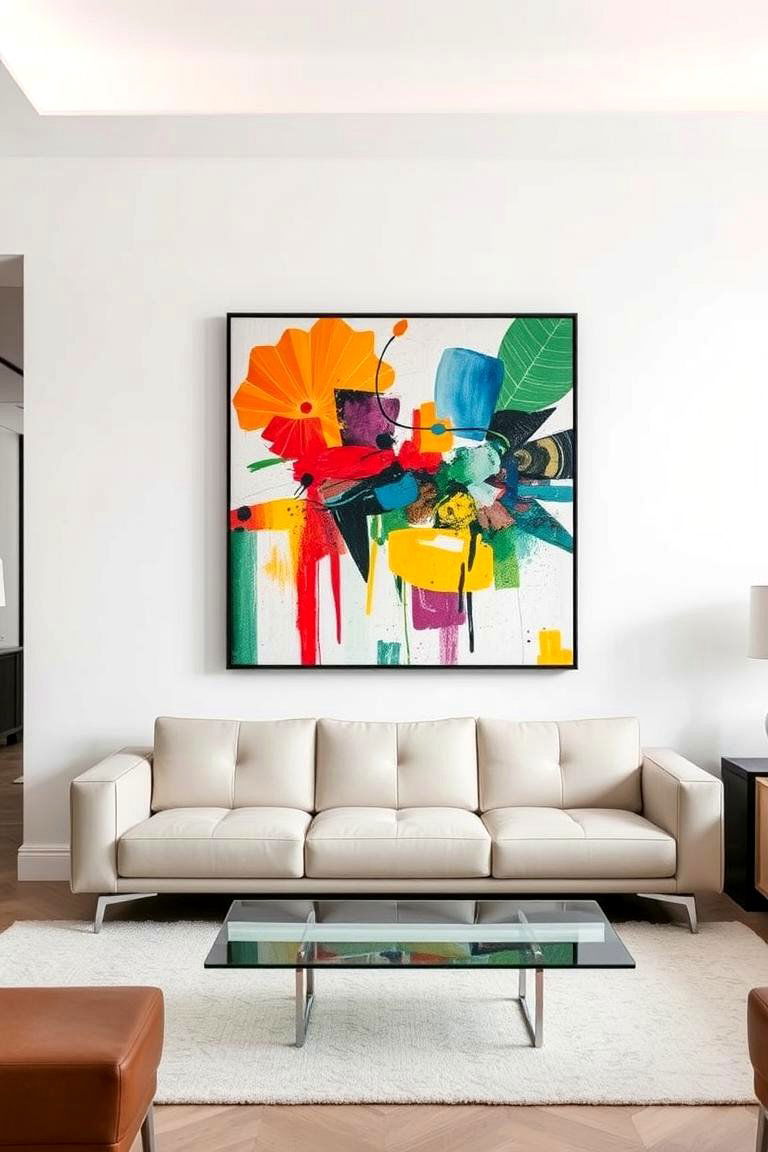
Bold and abstract art pieces were popular in the 1920s, often serving as focal points in living rooms. The emphasis on geometric forms, bright colors, and unusual compositions helped define the art of this era. Displaying abstract art in your living room can add a modern touch to your space while also evoking the energy and creativity of the time. These pieces invite conversation and make a bold statement, elevating the overall design and bringing a personal touch to the space.
9. Soft, Ambient Lighting

Lighting plays a critical role in creating the atmosphere of a 1927s-inspired living room. Soft, ambient lighting from elegant lamps or chandelier fixtures helps set a warm, inviting mood while showcasing key elements of the room. The use of frosted glass or crystal pendants softens the light, offering a luxurious glow that reflects off the metallic or mirrored surfaces. Well-considered lighting not only brightens up the space but also highlights furniture, artwork, and design features, helping to create a cohesive look.
10. Statement Lighting Fixtures

In the 1920s, lighting was more than just a functional necessity—it was a design statement. Luxurious chandeliers with crystal or frosted glass details added opulence to the living room. By incorporating similar statement lighting fixtures today, you can evoke the charm and grandeur of this period while also ensuring that the room is well-lit. These eye-catching pieces become a central feature of the room, adding both function and style.
11. Layered Textile Accents
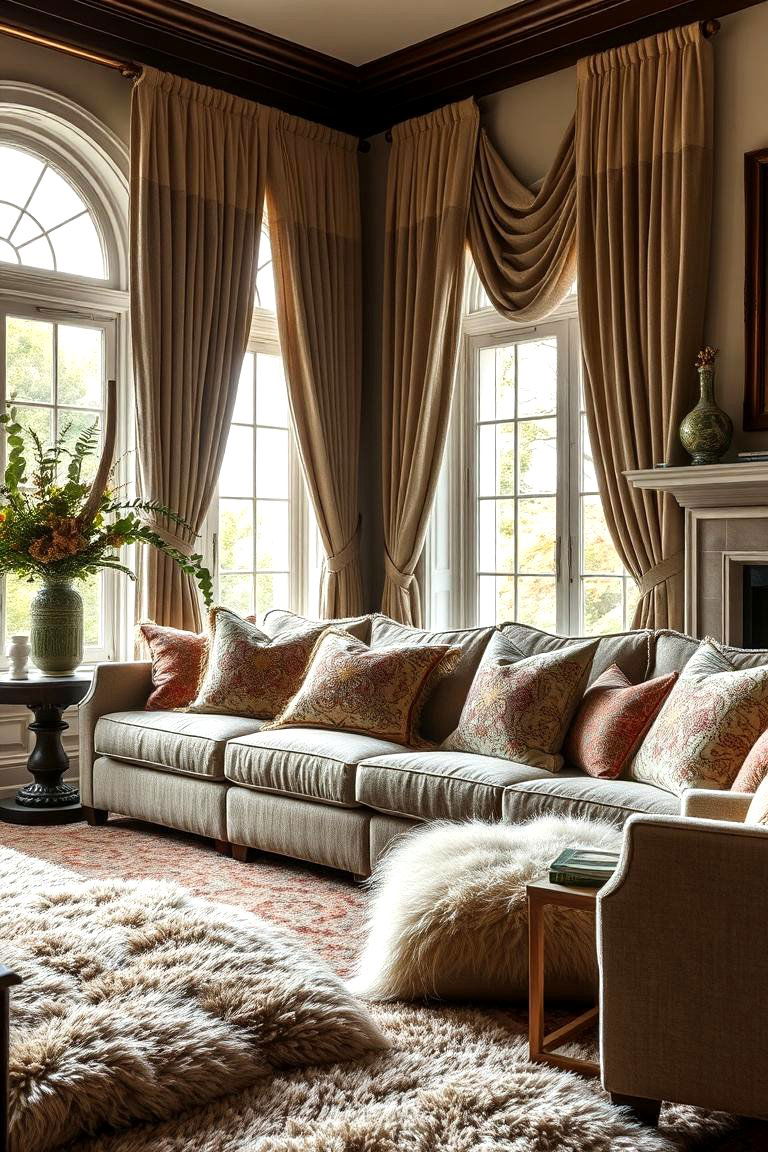
The use of layered textiles in 1927s living rooms—think throw pillows, silk curtains, and plush rugs—helped to create a rich, inviting environment. The tactile contrast between materials such as velvet, silk, and cotton added depth and texture to the room. Layering textiles not only makes the space feel more cozy and comfortable but also adds visual interest. Experimenting with different fabrics allows you to mix and match textures, creating a sophisticated look without overwhelming the space.
12. Open Shelving with Decorative Objects
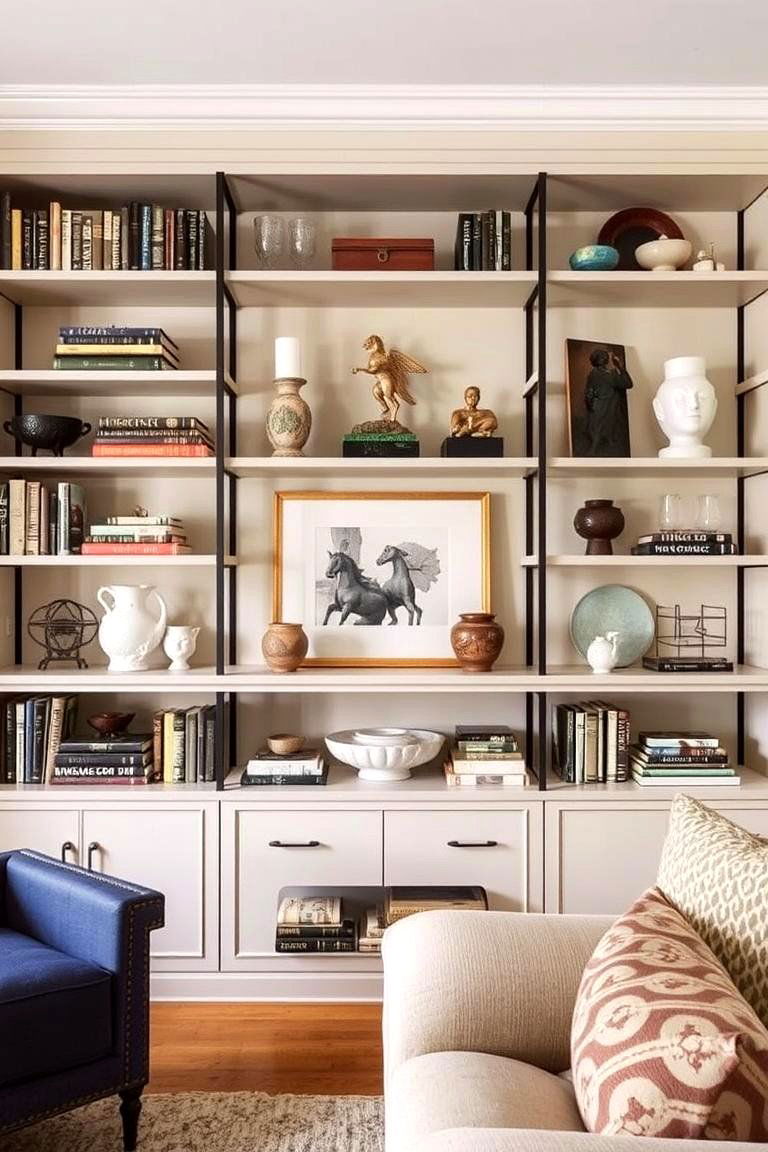
The trend of open shelving became popular in the 1920s, allowing for the display of decorative objects and art pieces. Whether it’s a collection of vintage books, small sculptures, or ornamental glassware, open shelving offers a way to add personality to the room while keeping it functional. The advantage of this design choice is that it allows you to constantly change the displayed items, keeping the living room fresh and engaging. It’s a simple yet effective way to infuse character into your space.
13. Statement Mirrors
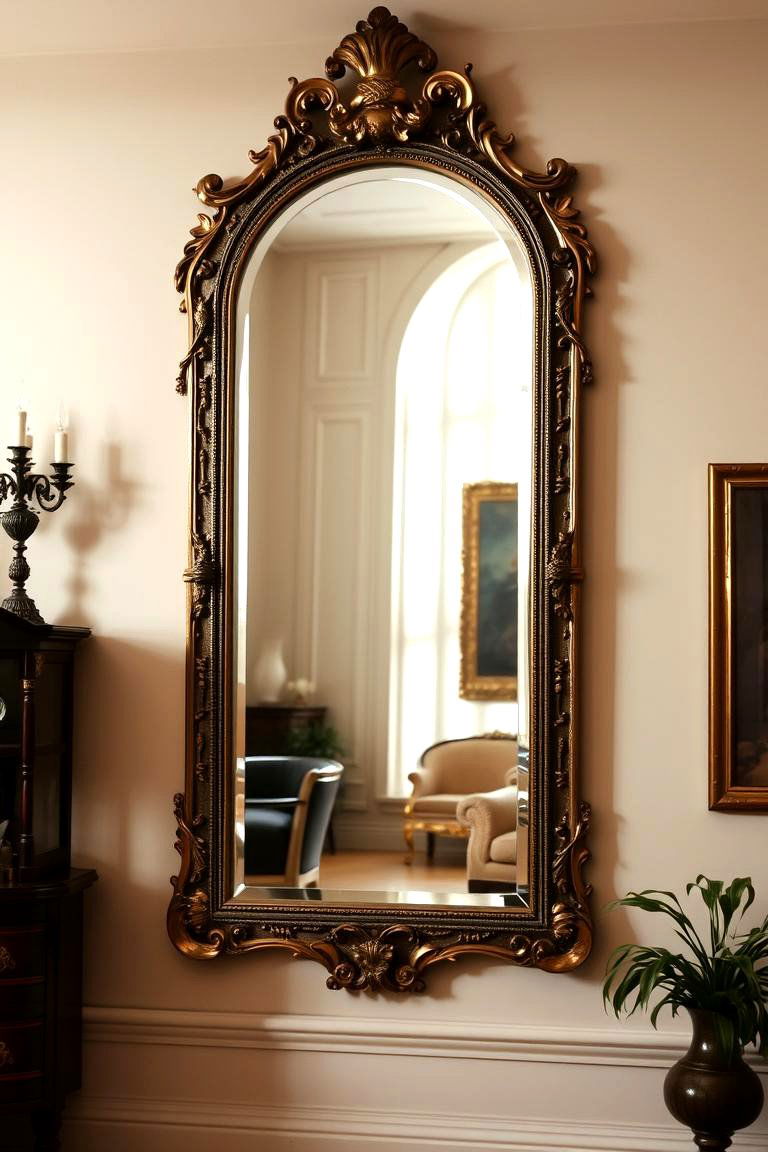
Mirrors were a significant design feature in 1927s living rooms, often used as a bold statement piece or functional element. Large, intricately framed mirrors reflect light and visually expand the space. With their elegant shapes and detailed frames, mirrors became a prominent part of the Art Deco and modernist design movements. In your living room, a statement mirror can help create the illusion of more space while also adding a sophisticated touch. It’s an easy way to combine functionality with style.
14. Minimalist Furniture with Rich Materials

Minimalism was a key aspect of the 1927s living room design, with an emphasis on simplicity and function. However, the materials used were anything but plain. Rich woods, leather, and polished metals were popular choices for furniture, bringing luxury into the minimalist aesthetic. This design concept embraces quality over quantity, focusing on carefully chosen, well-crafted pieces. The result is a refined, uncluttered living room that feels open and airy, yet sophisticated.
15. Monochromatic Color Schemes
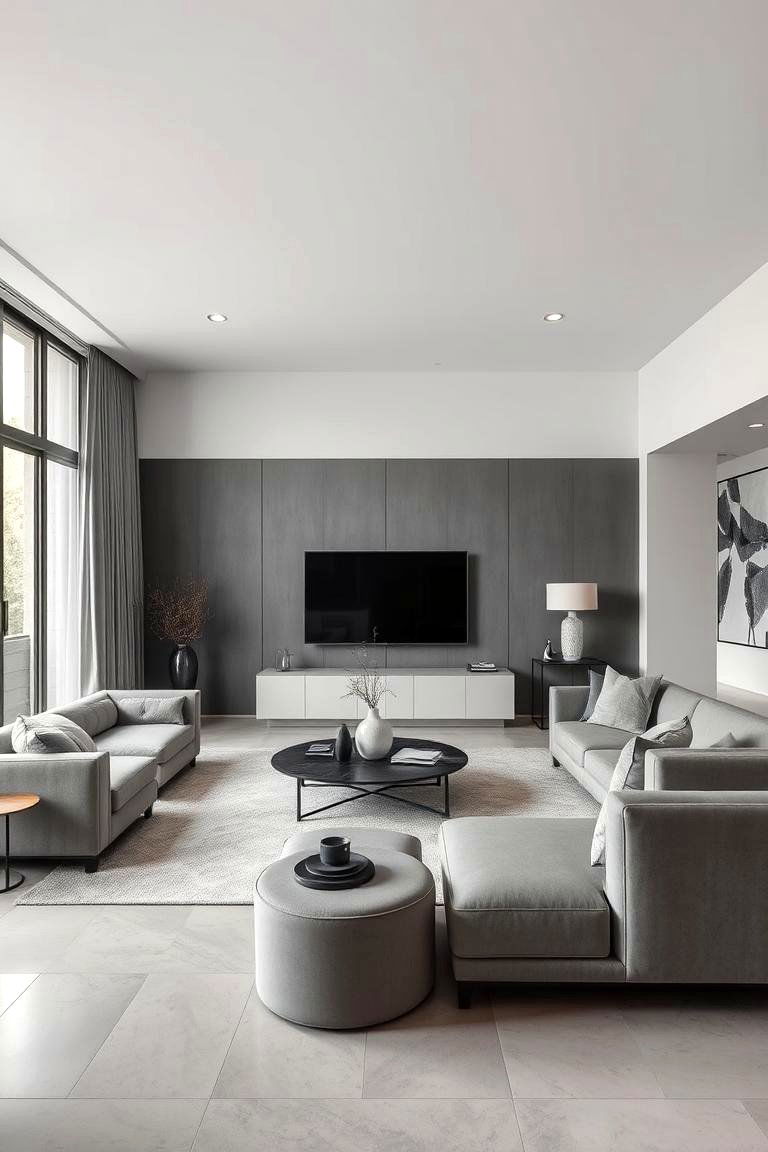
A monochromatic color scheme, using varying shades of one color, was a popular approach to decorating 1927s living rooms. Shades of grey, black, or cream were commonly used, creating a sleek and coordinated look. The benefit of a monochromatic scheme is that it allows for seamless transitions between different elements in the room. By layering different tones, textures, and materials, you can create a space that feels cohesive and visually appealing.
16. Ornate Wood Furniture
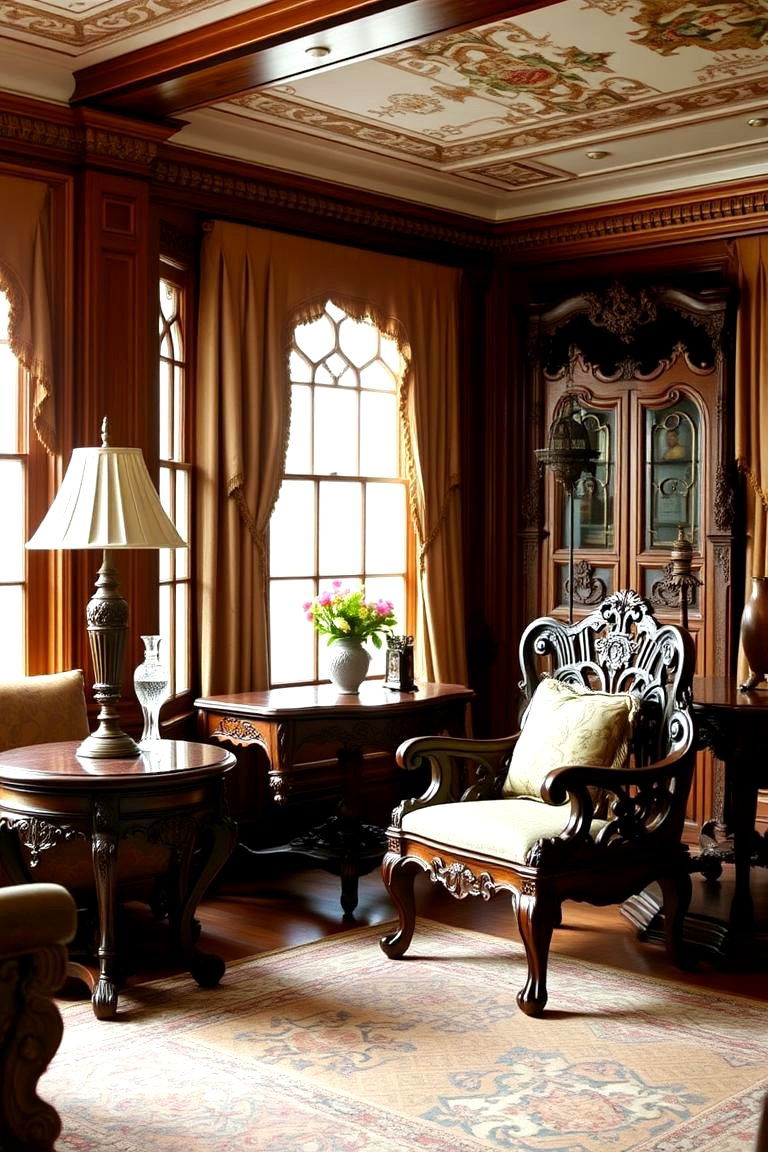
Furniture crafted from richly carved wood was an integral part of many 1927s living rooms, contributing to the room’s sense of grandeur. Elaborate woodwork in chairs, side tables, and cabinets brought a level of craftsmanship that was highly valued during this period. These pieces not only served functional purposes but also acted as works of art. Integrating similar pieces into your living room can add a touch of sophistication and a historical charm that evokes the elegance of the 1920s.
17. Bold Wallpaper Designs
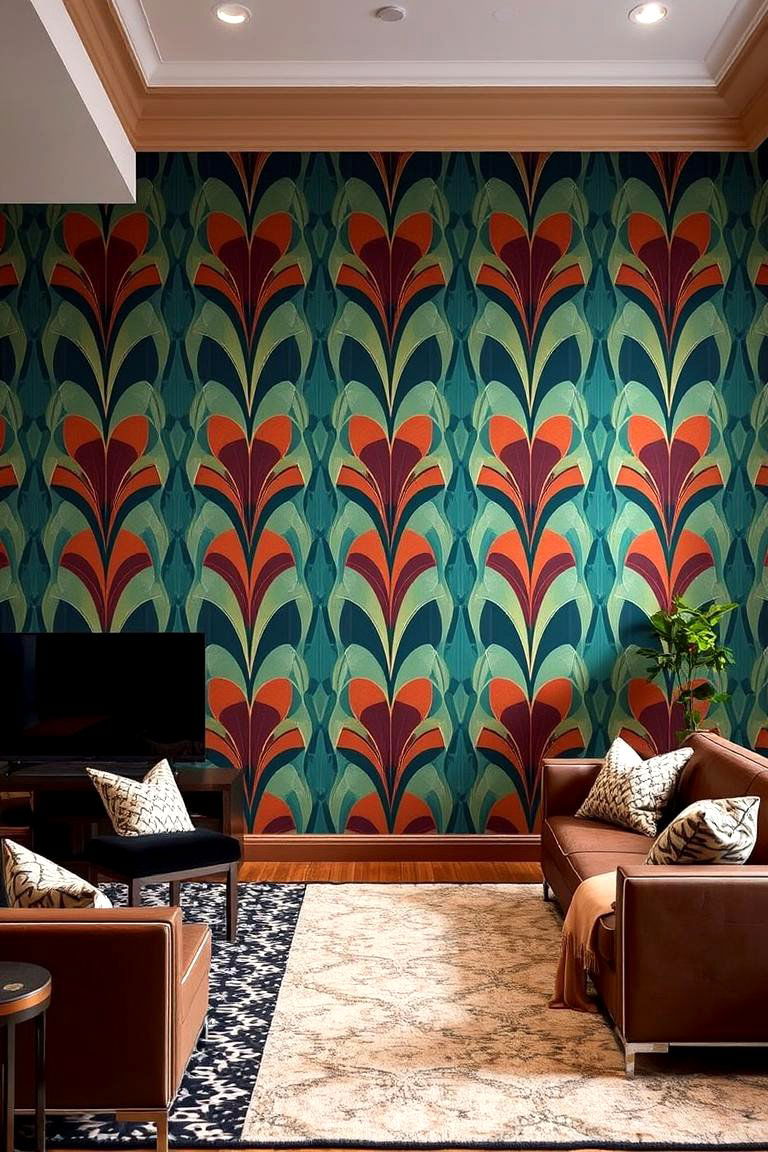
Bold wallpaper patterns were a hallmark of 1927s living room design, with art deco and geometric prints making a big impact. These vibrant wallpapers were often used on accent walls or to add texture to the room. The use of bold patterns helps to create visual interest, drawing the eye and creating focal points in the space. Wallpaper designs in deep hues or metallic finishes can elevate the living room, offering a unique way to incorporate both color and pattern into the design.
18. Open Floor Plans
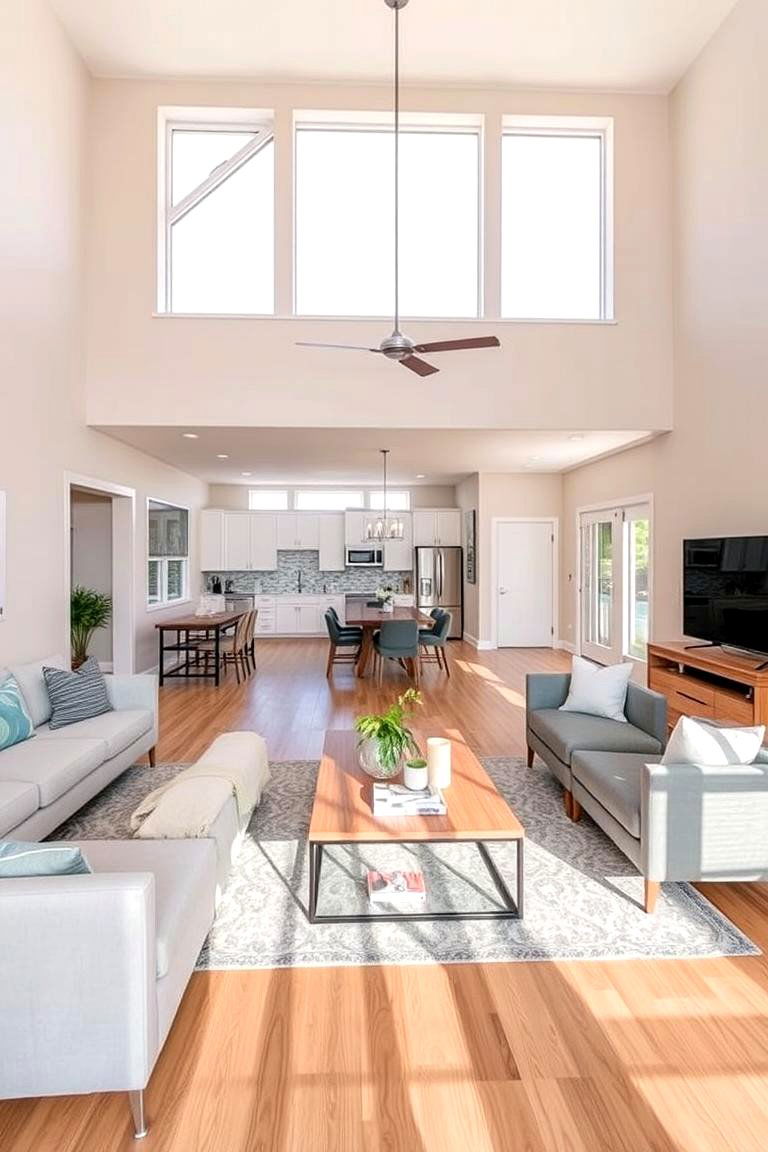
The 1920s saw the beginning of open floor plans, which helped create more fluid, multifunctional living spaces. With fewer walls separating different areas, living rooms became more interconnected with dining and kitchen spaces. This design trend fosters an atmosphere of openness, making the room feel larger and more social. Today, open floor plans continue to be a popular choice, providing versatility for modern living while reflecting the 1927s preference for more expansive, multifunctional spaces.
19. Statement Rugs
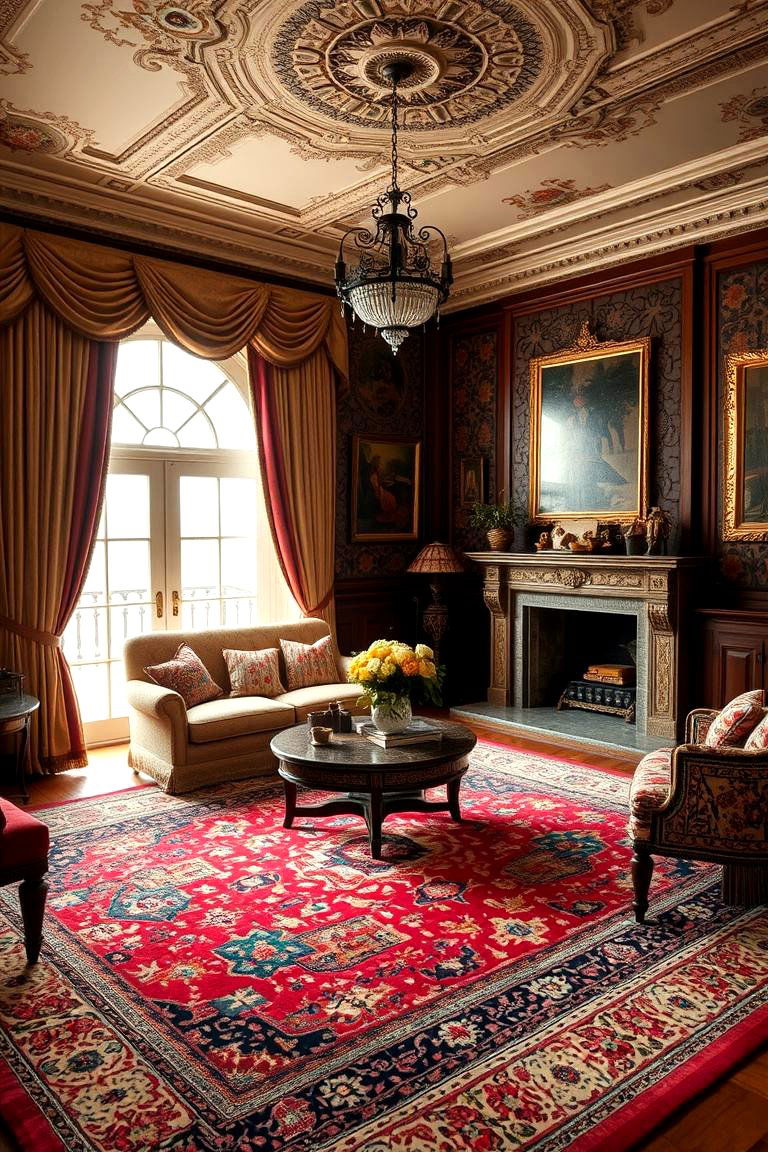
Rugs in 1927s living rooms weren’t just functional—they were works of art in their own right. Rugs were often bold in both design and color, using rich materials like silk and wool to create intricate patterns. These statement rugs acted as a focal point for the room, helping to define the space and tie the elements together. By choosing a statement rug in a bold color or pattern, you can add texture and drama to your living room while keeping the space grounded and cozy.
20. Integrated Bar Area
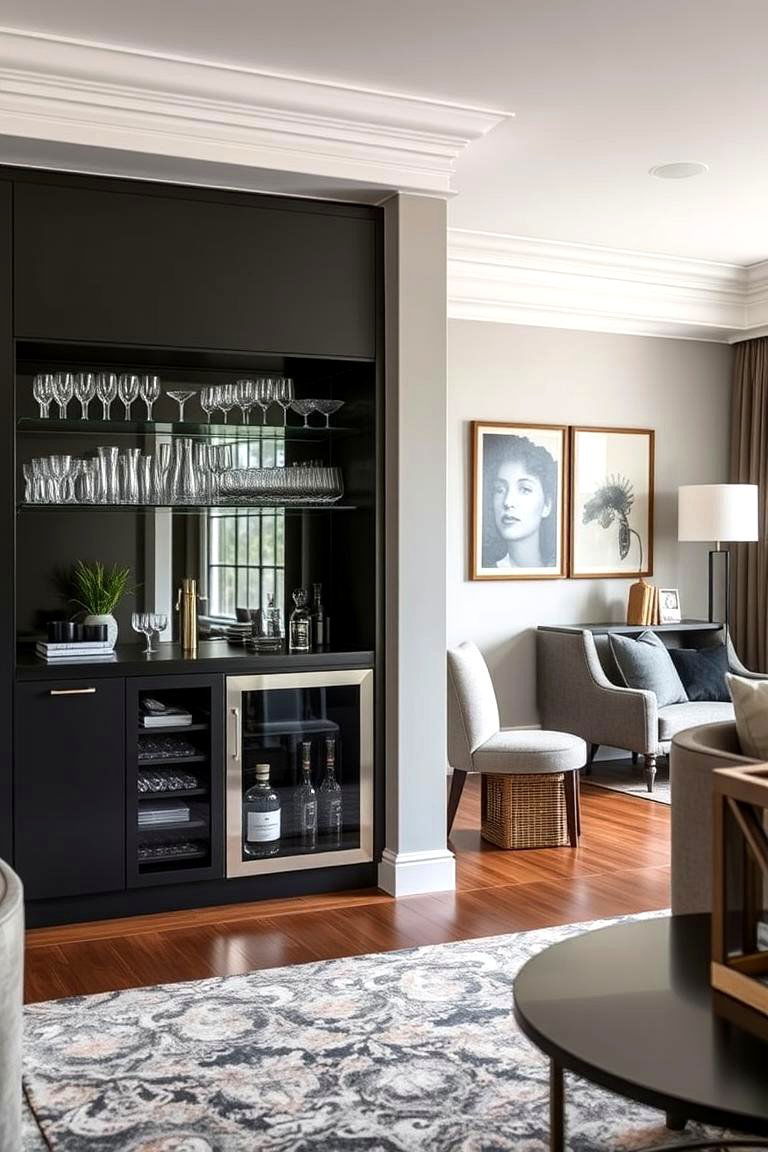
The 1927s saw the rise of the home bar, often integrated into the living room space. A well-designed bar area became a key feature of the living room, complete with glassware, decanters, and stylish storage. This feature allowed for social gatherings and added a level of sophistication to the space. Integrating a modern bar area into your living room is a way to bring a touch of 1920s glamour to your home while providing a space for entertaining guests.
21. Black and White Contrast
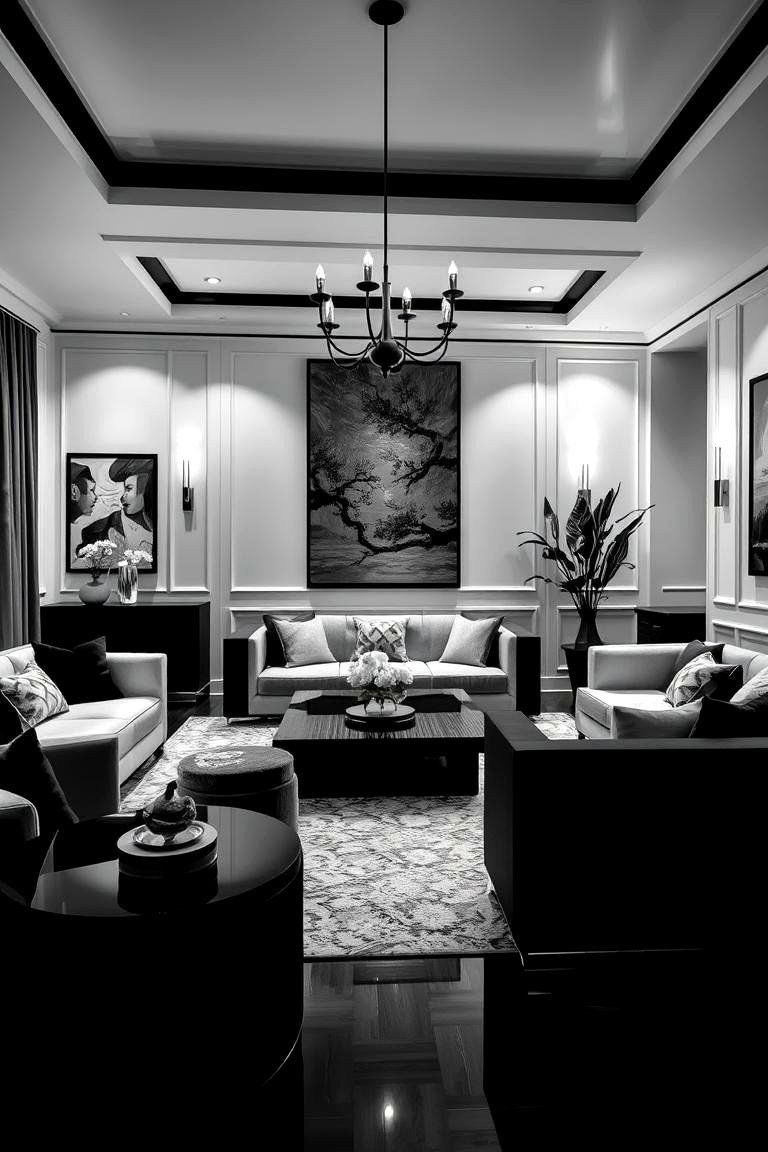
A striking black and white contrast was a favorite design choice for 1927s living rooms, offering a bold yet timeless aesthetic. This high-contrast color scheme works beautifully when paired with elegant furniture and dramatic lighting. The interplay between black and white creates a sense of drama, making the space feel sophisticated without being overwhelming. The simplicity of this color palette makes it versatile, allowing you to experiment with textures, materials, and furniture styles.
22. Vintage-Inspired Lighting
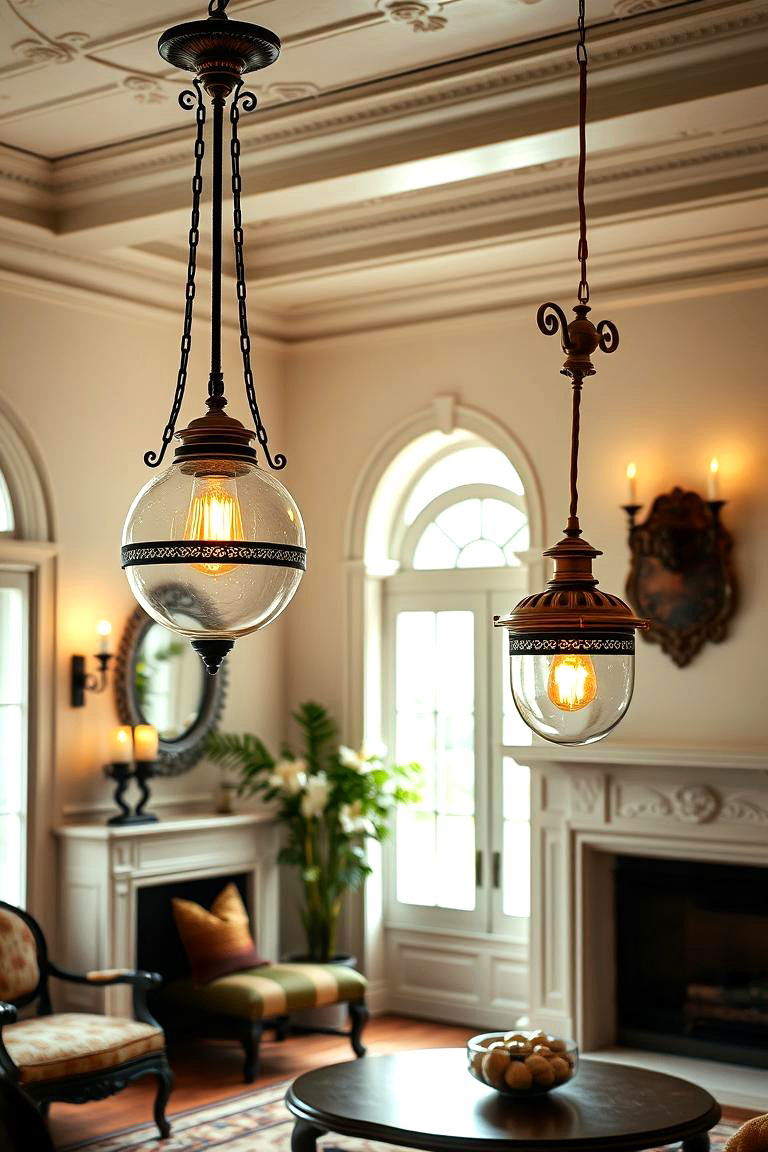
Vintage-inspired lighting fixtures, such as pendant lamps and sconces, were an essential part of 1927s living room design. These lighting pieces often featured intricate metalwork or frosted glass, adding elegance and charm to the space. Choosing vintage-inspired lighting for your own living room can evoke the warmth and glamour of the 1920s while offering practical illumination. These fixtures help to create a welcoming atmosphere while serving as decorative focal points in the room.
23. Rich, Bold Fabrics
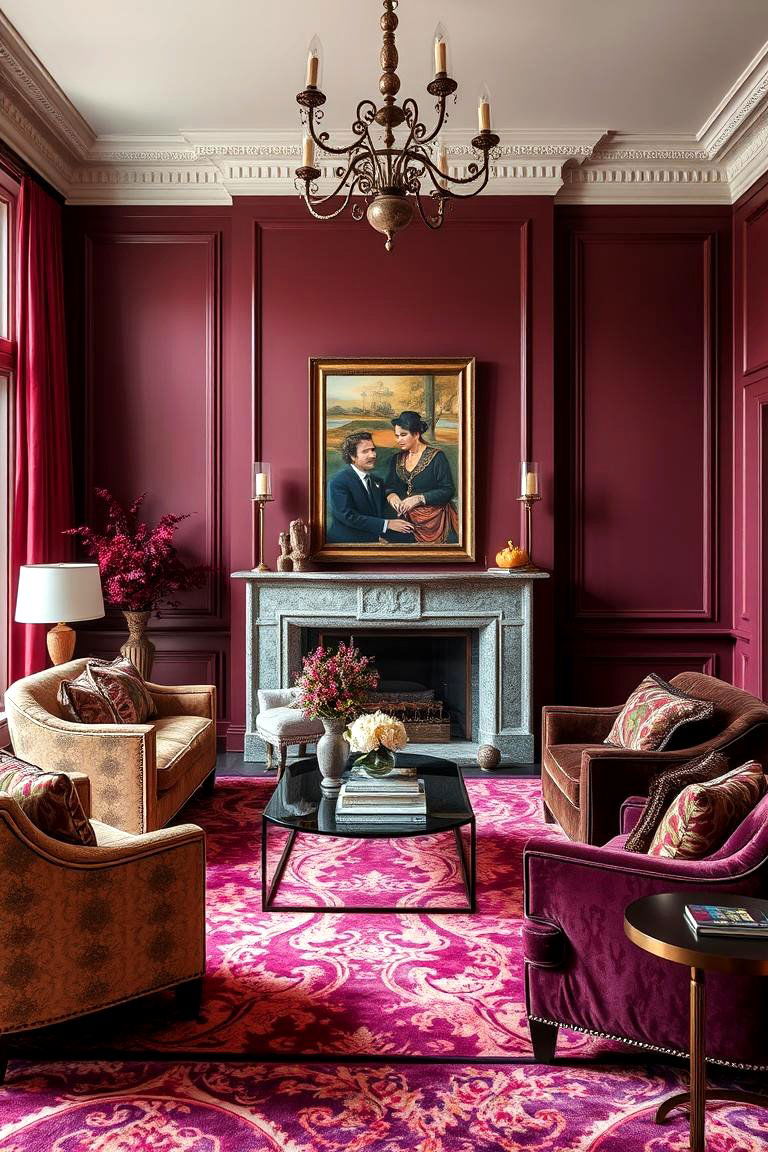
Bold fabrics, from silk to chenille, were used extensively in 1927s living rooms to create an atmosphere of luxury and elegance. Rich fabrics in deep jewel tones or intricate patterns helped make the room feel more inviting and opulent. Incorporating these rich textiles into your living room design will bring depth and personality to your space while reflecting the luxurious tastes of the time.
24. Tiled Fireplaces
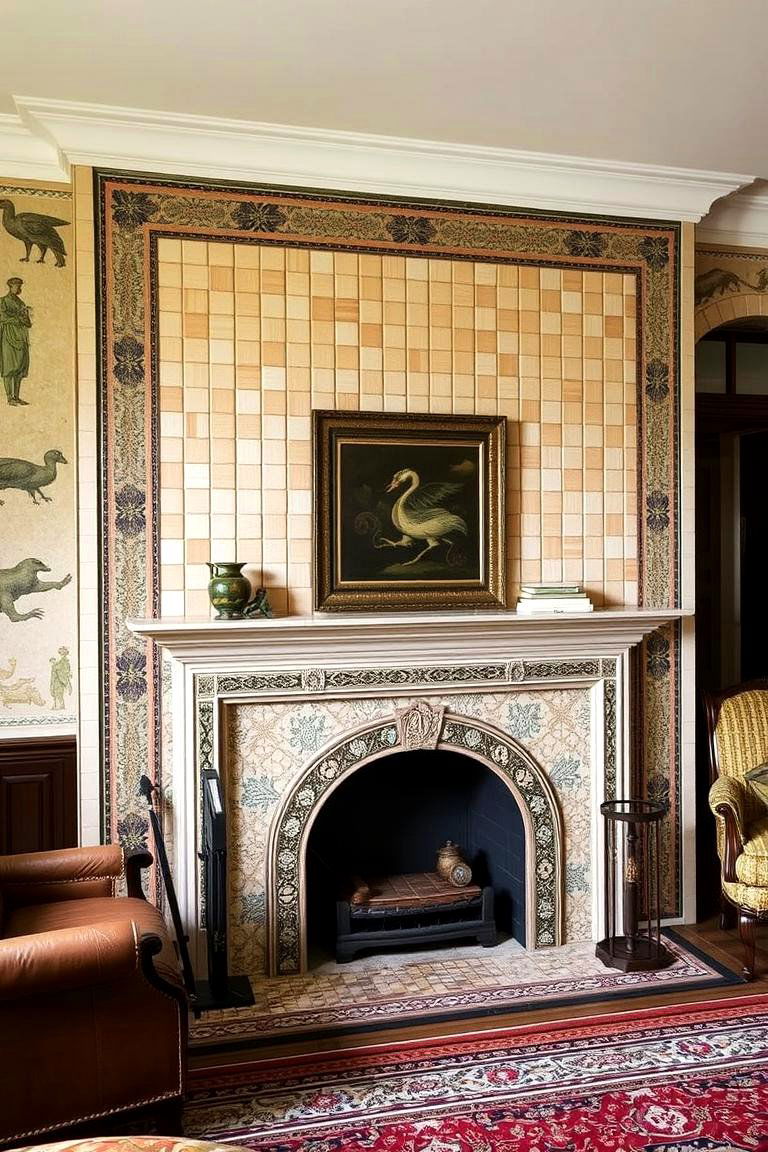
The fireplace was an important feature in many 1927s living rooms, and tiling the surround was an ideal way to add color and texture. Tile designs ranged from simple, muted tones to bold, intricate patterns. A tiled fireplace adds a sense of warmth and visual interest to the space, becoming a central feature that enhances the overall aesthetic. The addition of intricate tile designs can bring a historical charm to your living room while providing a cozy focal point.
25. Bold Accent Walls
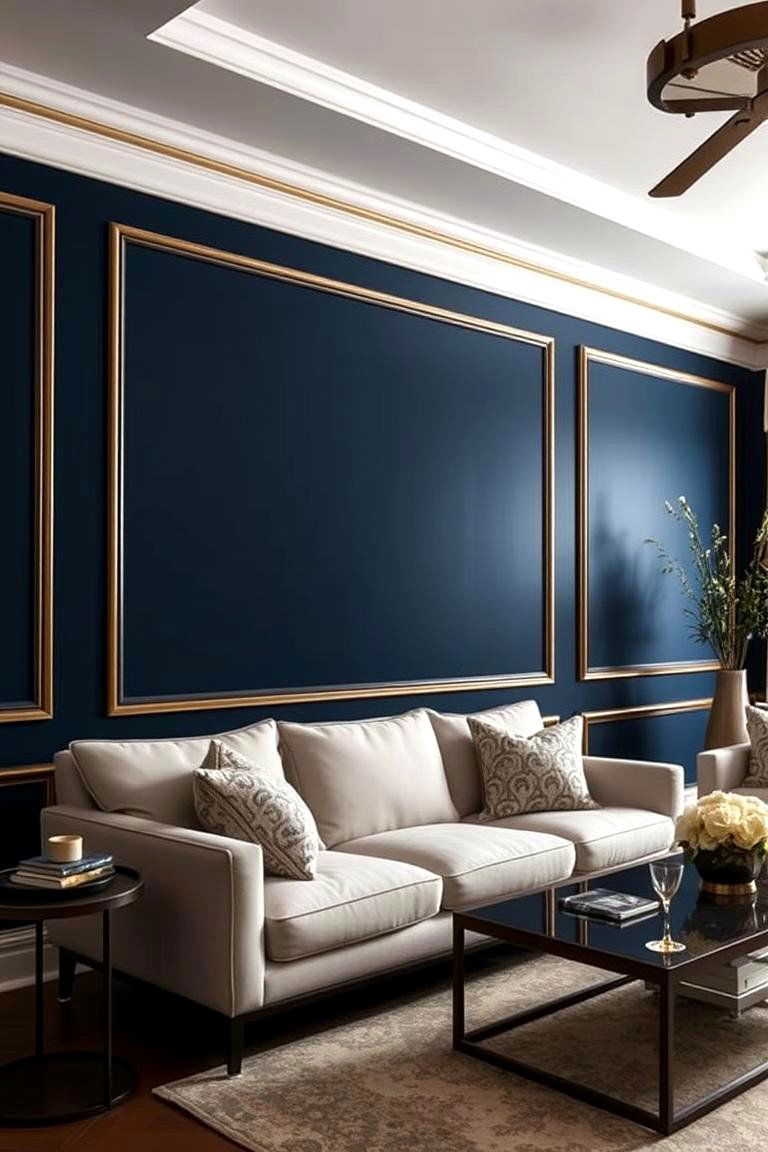
Accent walls were a defining feature of 1927s living rooms, often painted in rich colors or adorned with bold wallpapers. These walls added depth to the room and helped to create a focal point, making the space feel more dynamic and engaging. A carefully chosen accent wall can instantly transform your living room, providing contrast and a sense of drama. Consider using deep hues like navy or emerald green for a luxurious touch, or opt for a bold pattern to make the space even more striking.
26. Sculptural Furniture Pieces
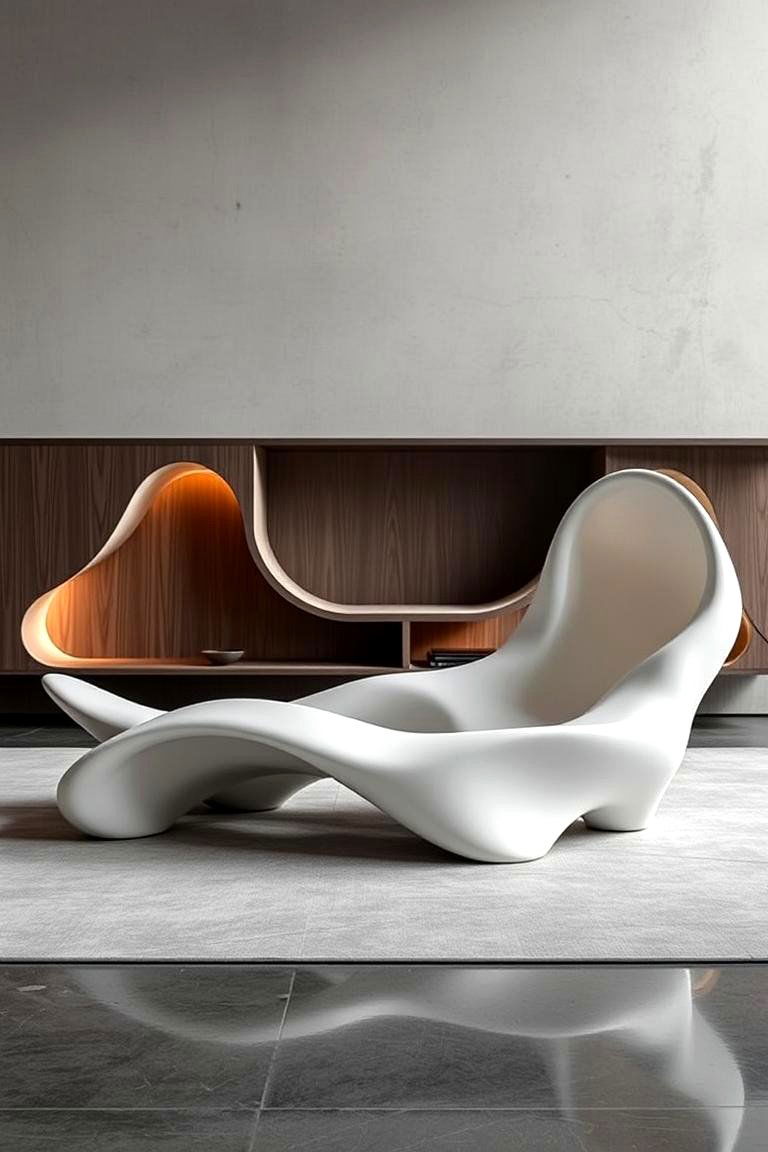
In the 1920s, furniture began to take on sculptural forms, with designers experimenting with shapes and materials to create functional art. Chairs and sofas with fluid, organic lines were contrasted with sharp angles and geometric patterns. Adding sculptural pieces to your living room not only enhances the aesthetic appeal but also offers a unique conversation piece that stands out. These pieces bring a sense of artistry to the room, blurring the line between furniture and sculpture.
27. Natural Light Emphasis
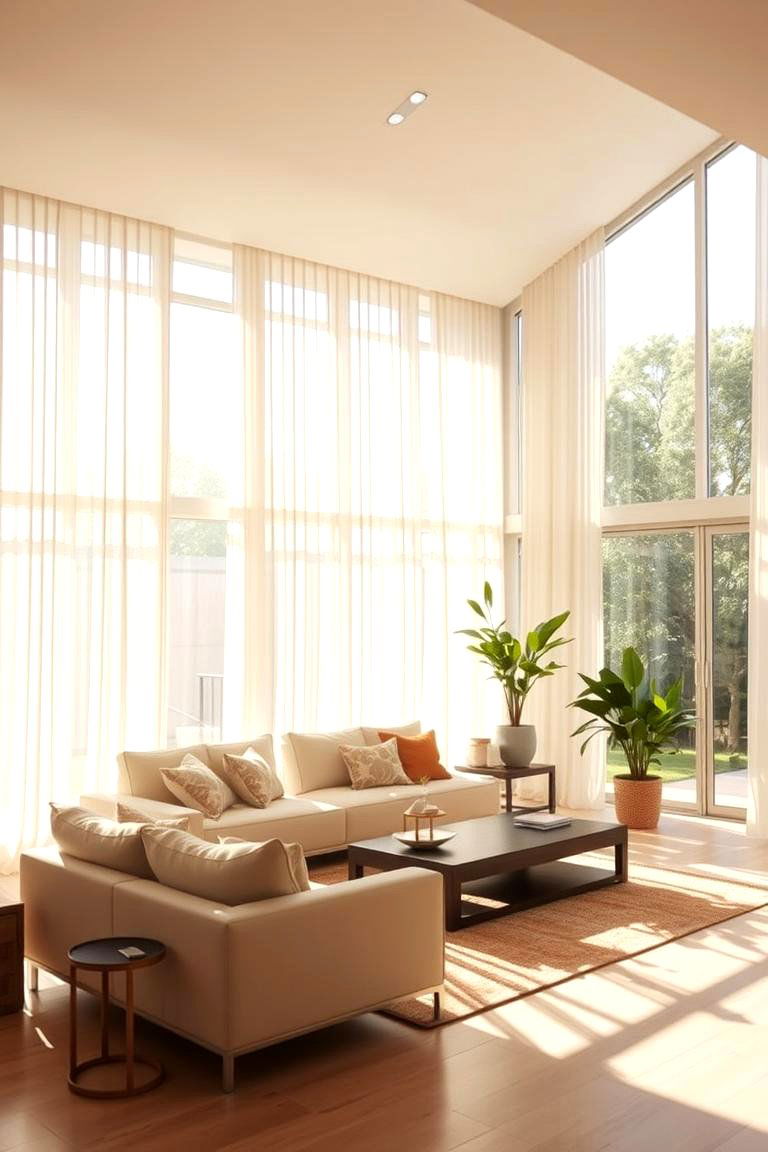
The 1920s saw a shift toward maximizing natural light in interior spaces, with large windows and open floor plans designed to let in as much sunlight as possible. Emphasizing natural light in your living room creates a bright and airy atmosphere, making the space feel more expansive. Incorporating sheer curtains or blinds allows you to control the light levels while maintaining privacy, ensuring your living room remains welcoming and comfortable.
Conclusion:
As we’ve explored these 27 1927s living room design ideas, it's evident that the elegance and functionality of this period continue to influence modern interiors. From luxurious velvet upholstery to the minimalism of modernism, the 1920s offered a harmonious blend of style and practicality. Embrace these elements in your own space, and you’ll create a living room that feels both timeless and contemporary. Now, with these design ideas, it’s your turn to bring the spirit of the 1927s into your own home.


